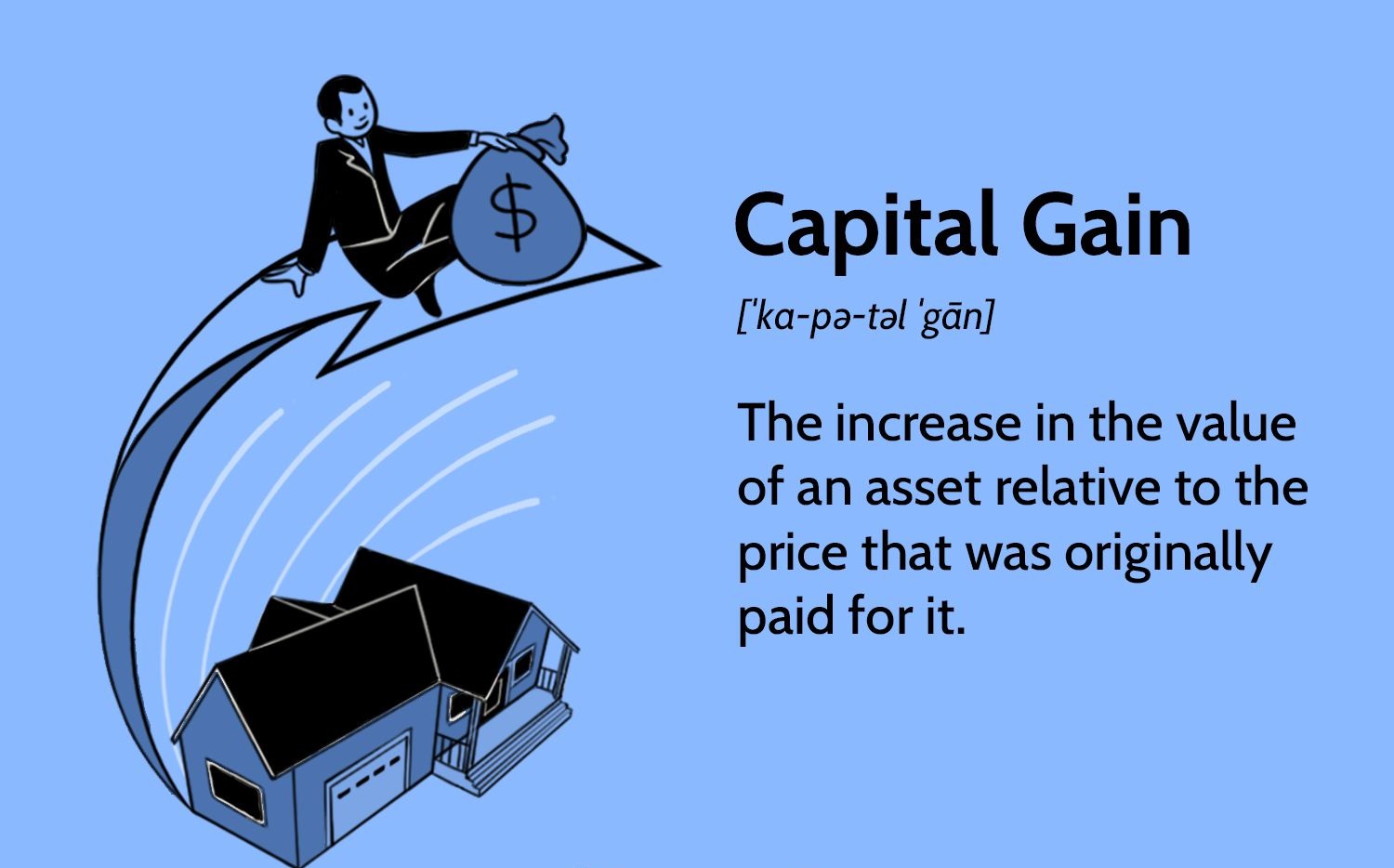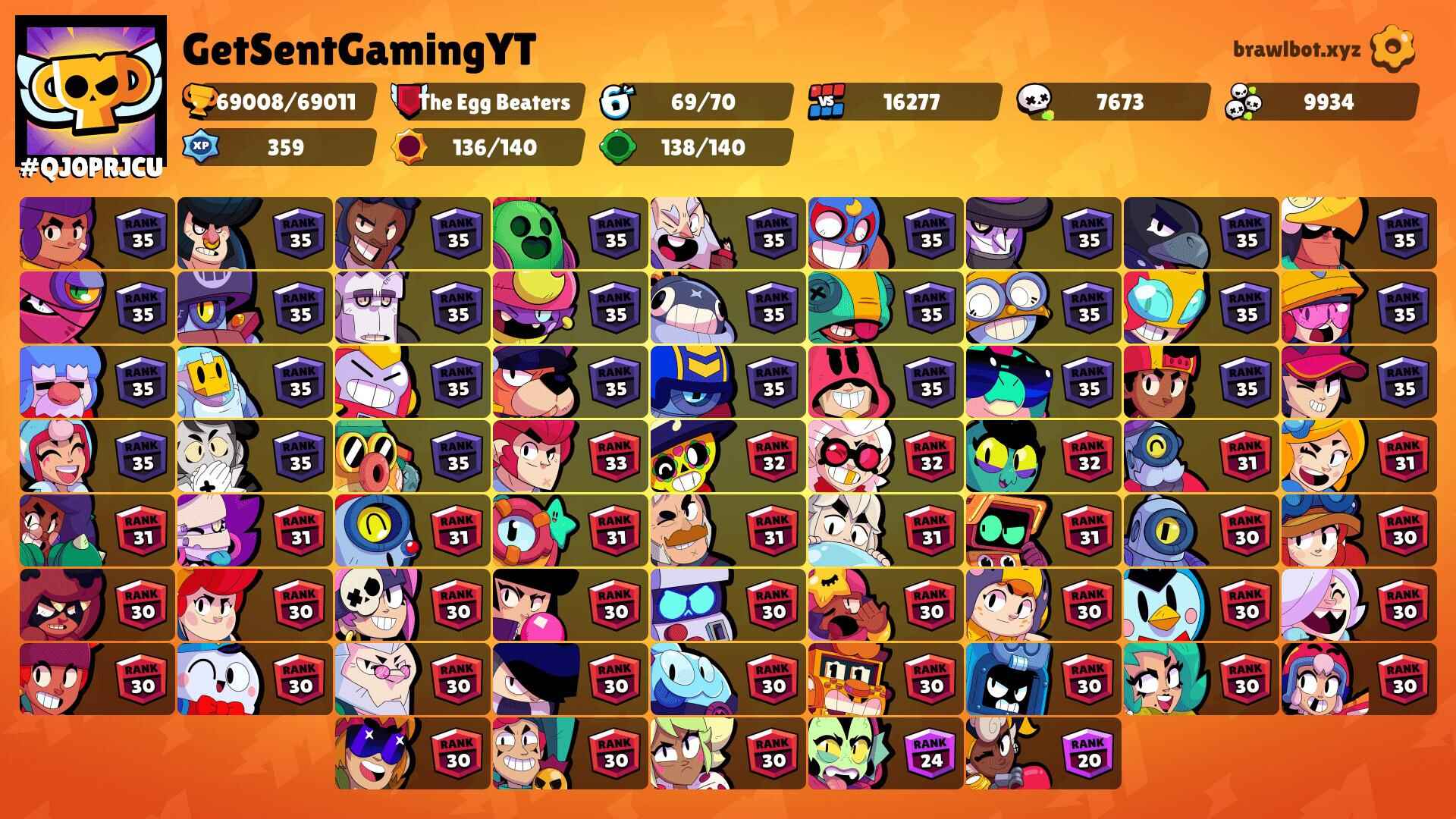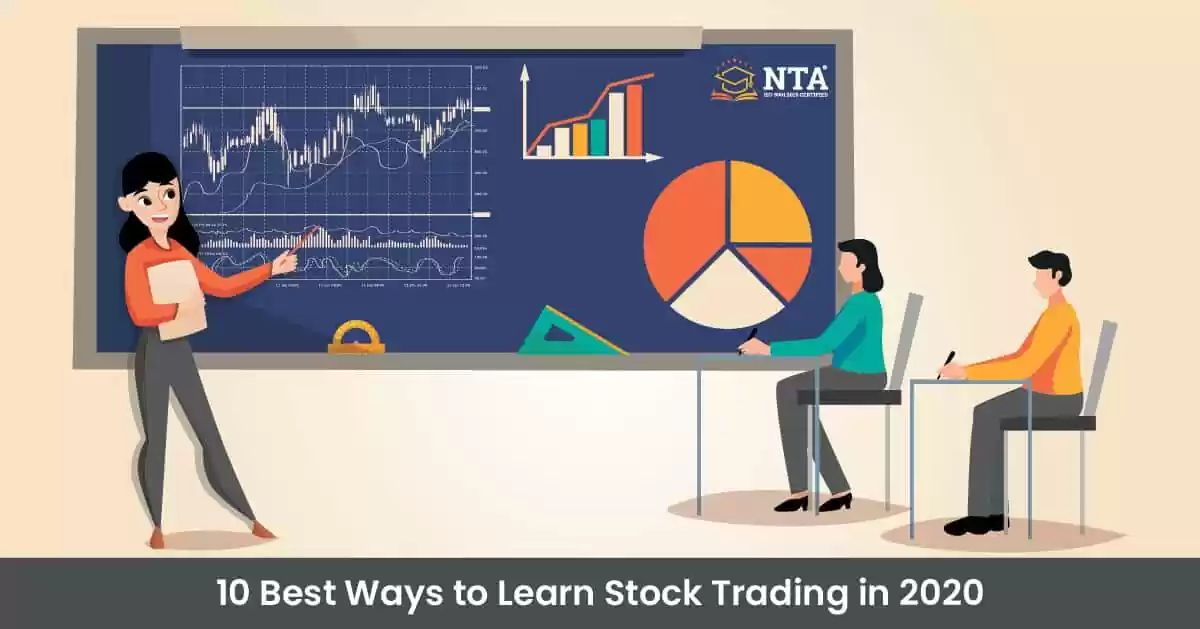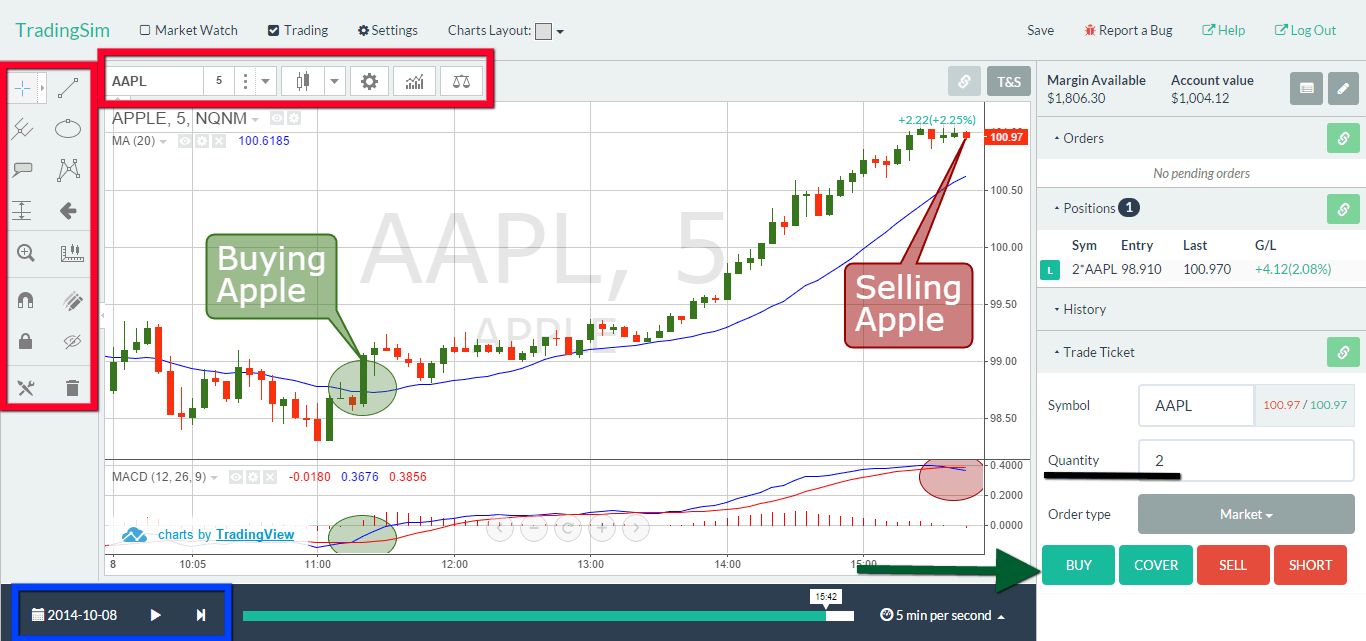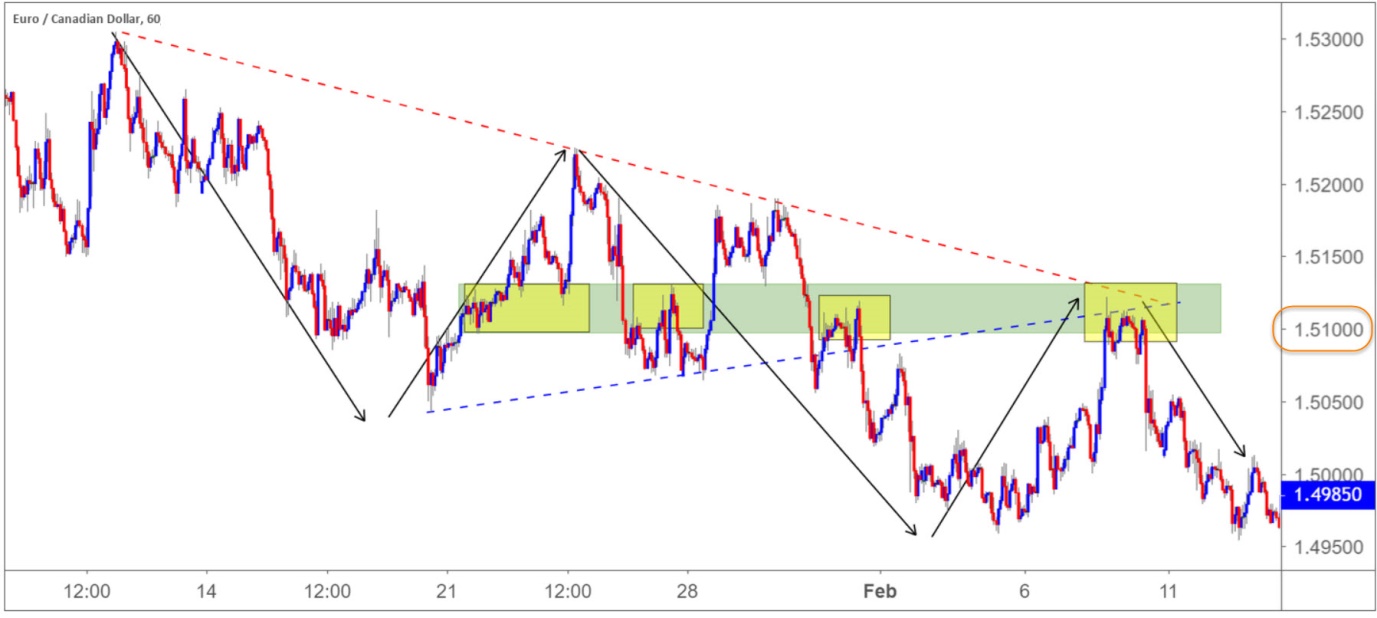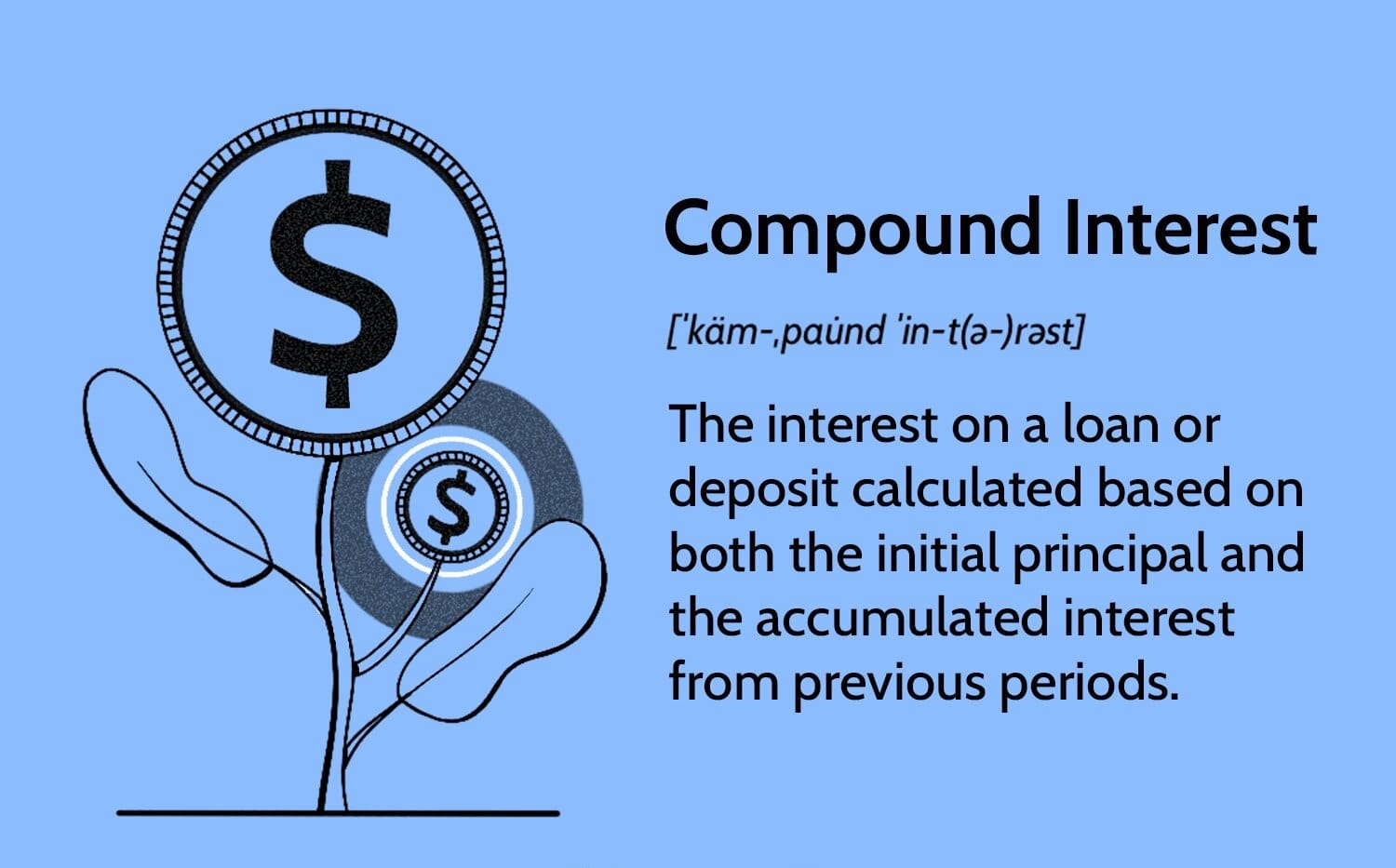Those who start their journey in the stock market are typically faced with a natural constraint. They lack the capital to make big gains by adopting traditional strategies. An example of these strategies is done by swing trading. This may be discouraging, considering the amount of time you invest when venturing into this activity. In this article, we discuss four ways that can help beginner traders increase their gains. This is regardless of how much money they have at their disposal.
Read more: Best AI Trading Software
1. Engaging in Algorithmic Trading
Algorithmic trading is a scheme that involves the use of computer programs to execute transactions in the market. The first step to setting up an algorithmic trading strategy is to identify a system that has worked in the past.
Traders typically do this by using back-testing tools to see how certain approaches would have worked on previous occasions. After that, they can set up the algorithm, which is a set of steps and actions that the system will take once certain parameters are fulfilled.
By using algorithms, traders can make the most out of their time as the system will take care of the heavy lifting, such as identifying potential trading opportunities and executing the required trades.
2. Using Derivatives
Derivatives are financial instruments in which other assets determine their value. Some of the most popular derivatives are contracts for difference (CFDs) and options.
What are options? An option gives the holder the right, not the obligation, to buy (call option) or sell (put option) a certain asset at a price once the expiration date is reached.
Options are instruments for leverage. This is because investors can benefit significantly if the value of the underlying asset rises slightly.
Let’s say, for example, that a trader buys 100 call option contracts for Apple stock with a strike price of $150 and expires next Friday. The cost of the trade is the premium paid for the options contract, which currently stands at $0.8 per contract.
In theory, if the price rises above $150.8, the trader will gain the difference between the market price and that cost basis times one hundred – the number of contracts he/she has purchased.
Based on this example, if the price rises to $152 before the option expires, the trader will gain approximately $12 on an $8 investment. This is a 50% return in a relatively short period.
The downside? If the price of Apple stock closes below $150 by Friday, the option will expire worthlessly, and the trader will lose his entire investment of $8.
3. Leveraging Your Positions
Using leverage in trading allows market participants to boost their gains – and their losses, for that matter – by using borrowed funds.
Many trading platforms nowadays offer 2X to 50X leverage ratios. Meaning that traders with a relatively small account balance can expand their earnings-generation capacity. This is possible by borrowing money from their brokers.
Highly leveraged positions are, however, more sensitive to small price swings. For example, a leverage ratio of 50X means that a 2% price drop could evaporate the entire equity balance committed to the trade.
Considering that a 2% price swing is usual, traders should keep a balanced view regarding how much leverage they use to boost their gains without dramatically risking their principal.
4. Investing in High-Risk/High-Reward Instruments
Highly volatile securities can be more attractive to traders with a small budget as their prices can fluctuate wildly within relatively short periods.
These securities include penny stocks, options, and leveraged exchange-traded funds (ETFs). Even though these instruments are risky, they may also generate sizable gains if a trader is right on his directional price prediction.
Tip: Risk Management When Trading
Trading is a risky activity that can result in losses for both experienced and inexperienced individuals. As a rule of thumb, experts in the field suggest that beginners should not risk money that they cannot lose.
In addition, there are many ways to keep losses in check by using risk management practices. Also, one of these strategies involves the use of stop-loss orders. Lastly, by setting a stop price, a trader can instruct the system to close a position if the price of the asset hits a certain level.
This helps traders keep their maximum loss for every single trade under control. Plus, it can be an advantageous tool to analyze each transaction’s risk/reward profile.
Moreover, trades can engage in a practice called position sizing. This involves establishing a maximum percentage of the account’s value through a single trade. By doing this, they will effectively limit the impact of a poor-performing transaction.









